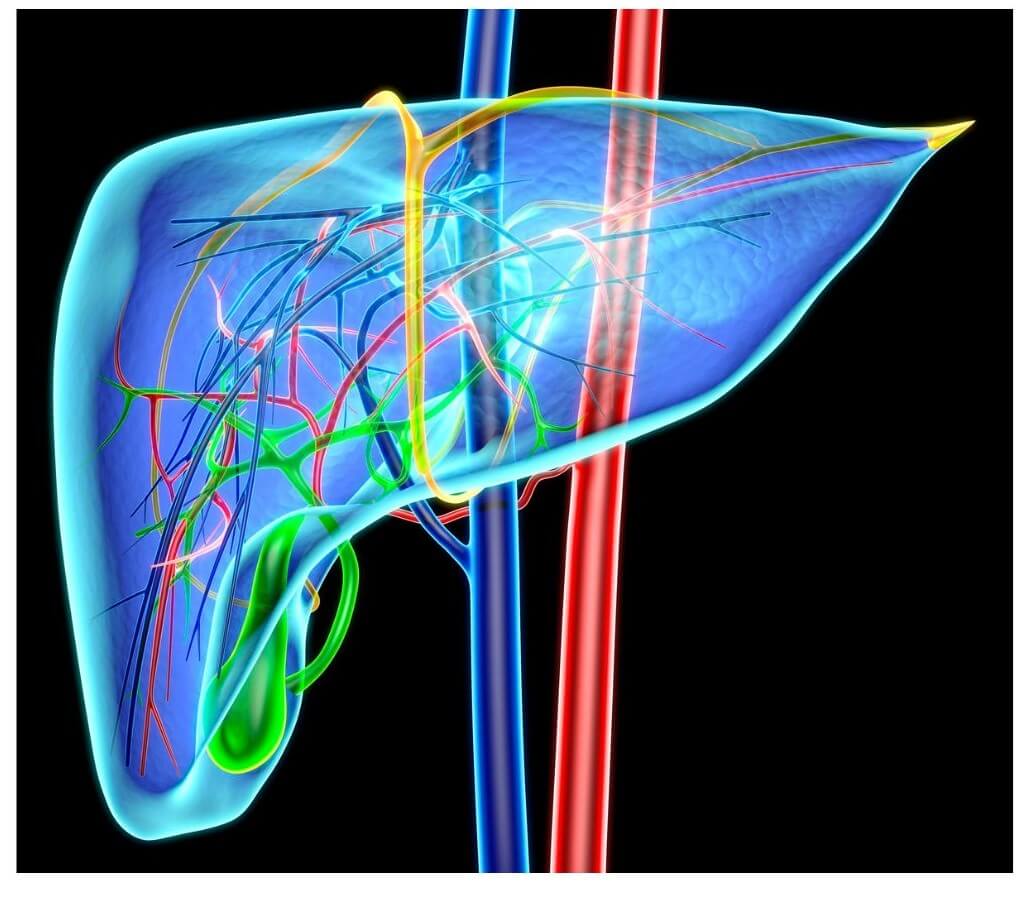If you’re one of the millions of women struggling to balance your hormones, holistic medicine doctors suggest you start adding cruciferous vegetables to your diet. Cruciferous vegetables are part of the Brassica family and include broccoli, cauliflower, Brussels sprouts, kale, bok choy and cabbage. These nutrient-dense superfoods offer a host of important benefits that can help women find relief from hormonal imbalances, especially from those involving estrogen.
Learn to navigate hormone balance with a community of like-minded women and the guidance of holistic medicine inside the Superwoman Circle.
Many women have some degree of estrogen dominance
While estrogen plays many important roles in the body, too much estrogen relative to progesterone can worsen PMS, cause bloating, breast tenderness and swelling, decrease sex drive, cause fibroids, and even increase breast cancer risk over time (1). Fluctuating estrogen levels are also often to blame for many perimenopause and menopause symptoms, like hot flashes and mood swings.
Many women have some degree of estrogen dominance, which is exacerbated by chronic stress, sluggish detoxification in the liver, slow toxin metabolism in the gut (constipation), and exposure to endocrine-disrupting chemicals, like the BPA or phthalates in personal care products.
To support balanced estrogen levels, it’s important to make sure natural detox pathways are functioning optimally, and that’s exactly what these special vegetables can help your body do.
Learn more: Signs of Estrogen Dominance + 6 Steps to Balance Hormones
Cruciferous vegetables contain special phytonutrients to break down estrogen
Holistic medicine doctors have long recommended cruciferous vegetables as a way to naturally support hormone balance in women. These nutrient-packed vegetables contain special phytonutrients, vitamins, and antioxidants that support healthy estrogen levels and promote overall hormone balance.

Cruciferous vegetables are especially beneficial for estrogen dominance because they’re naturally rich in a compound called diindolylmethane or DIM. This compound supports estrogen detox in the liver and digestive system. This means they help break down, metabolize, and eliminate estrogen after it’s done its job so that it doesn’t recirculate and cause hormonal imbalance.
Cruciferous veggies also contain another type of indole, indole-3-carbinol, or I3C. IC3 has been shown to reduce the risk of hormone-related cancers by reducing how much estrogen is available in the body and by promoting detoxification (2).
Try these: The 8 Best Foods to Reduce Estrogen Dominance
They’re high in antioxidants & other nutrients
Cruciferous vegetables are also naturally rich in sulforaphane, which boosts antioxidant activity and helps reduce inflammation throughout the body. This can be especially beneficial for women suffering from PMS, endometriosis, and other conditions associated with hormone imbalances and inflammation. Antioxidants also help protect cells from damage caused by free radicals, which can lead to premature aging and a weakened immune system.
Cruciferous vegetables are also packed with essential vitamins and minerals like vitamin C, potassium, magnesium, and zinc.
Women who eat a diet rich in cruciferous vegetables are found to have decreased incidences of cardiovascular disease, strokes, cancer and overall better hormone and estrogen levels (3).
They’re low in calories but high in fiber
Cruciferous vegetables are low in calories and high in fiber, making them an ideal food for those trying to lose weight. Fiber helps slow digestion and keep you feeling full longer, which can help prevent overeating and unhealthy snacking. Fiber also helps promote healthy digestion, which is important for regulating hormones and improving overall health.
Fiber helps metabolize excess estrogen
Healthy bowel movements help clear excess estrogen in the digestive system, as does a diverse, healthy gut microbiome.
When our digestive system is working correctly, friendly gut bacteria, the digestive system, and the liver all work together to rid our body of unwanted substances, but compromised detoxification pathways can cause used-up hormones to get recirculated, causing cellular damage in the body. To avoid recirculation, fiber helps move toxins and excess hormones through our digestive tract (4).
Read: The Effects of Gut Function on Estrogen: Your Estrobolome
How to get more cruciferous veggies for hormone health

Holistic medicine doctors recommend eating at least two to three servings of cruciferous vegetables each day if you’re dealing with hormonal imbalance. Women struggling with estrogen dominance symptoms or PMS, should try to incorporate one to two additional servings of cruciferous vegetables per day for the two weeks before her period. This can help reduce excess estrogen and possibly lighten the severity of PMS symptoms.
You can easily add them to your diet by steaming, baking, or sautéing them and adding them to salads, soups, and stir-fries. For an added boost, try incorporating cruciferous vegetables into smoothies or juicing them for a nutritious drink. Eating cruciferous vegetables regularly can provide a variety of health benefits, including improved hormone balance and overall well-being.
Try: Easy Anti-Inflammatory Recipes for Hormones
A note for thyroid health: If you have an underactive thyroid, it’s important to cook your cruciferous vegetables. These veggies contain goitrogens, which is a natural compound, but one that can inhibit thyroid function if not cooked. Lightly cooking cruciferous vegetables will significantly reduce the levels of goitrogens (5).
To sum up
Each meal is an opportunity to support hormonal balance by adding in hormone supporting nutrients from broccoli, cauliflower, kale, and other cruciferous vegetables. These contain special compounds that can reduce symptoms of estrogen dominance, support hormone detox, and promote overall hormone balance.
Resources


